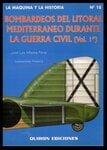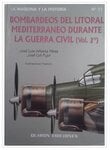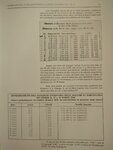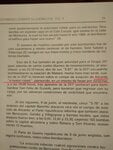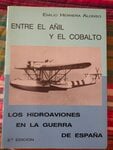Browning303
Airman
Hi all,
I've been reading the Wikipedia article for the bombing of Barcelona during the Spanish civil war. Italian bombers took off from Majorca and could bomb the city with relative impunity as it had no AA or fighter defence. According to the wiki article, a British journalist based in Barcelona at the time claimed that the bombers adopted a silent approach:
"Later in the year, the British journalist John Langdon-Davies - who had been present in Barcelona at the time - published an account of the attacks. He reported that the bombers had glided in at high altitude to avoid being detected by the (pre-radar) acoustic aircraft detection means available, and only restarted their engines after releasing their bomb loads, which he termed the "silent approach" method. The effect of this was that the aircraft were not detected and the alert sounded until after their bombs had exploded on target."
Has anyone ever heard of WW2 era bombers deliberately turning off their engines during a sortie? My gut feeling is that this journalist must be mistaken and due to the technology of the time you would never deliberately cut out an engine over hostile territory as you might not be able to restart it in flight? Be interested to hear others thought's on this.
I've been reading the Wikipedia article for the bombing of Barcelona during the Spanish civil war. Italian bombers took off from Majorca and could bomb the city with relative impunity as it had no AA or fighter defence. According to the wiki article, a British journalist based in Barcelona at the time claimed that the bombers adopted a silent approach:
"Later in the year, the British journalist John Langdon-Davies - who had been present in Barcelona at the time - published an account of the attacks. He reported that the bombers had glided in at high altitude to avoid being detected by the (pre-radar) acoustic aircraft detection means available, and only restarted their engines after releasing their bomb loads, which he termed the "silent approach" method. The effect of this was that the aircraft were not detected and the alert sounded until after their bombs had exploded on target."
Has anyone ever heard of WW2 era bombers deliberately turning off their engines during a sortie? My gut feeling is that this journalist must be mistaken and due to the technology of the time you would never deliberately cut out an engine over hostile territory as you might not be able to restart it in flight? Be interested to hear others thought's on this.

